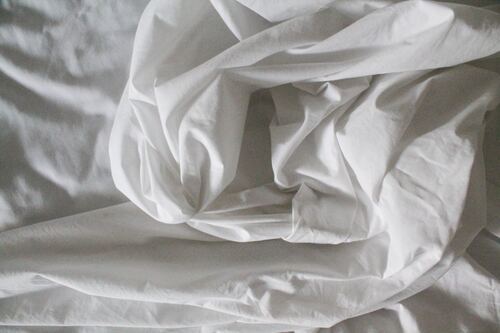Finding perfect bed sheets for a good night’s sleep can be a daunting task, with many options available. One common term you’ll encounter when shopping for sheets is “thread count.” But what does thread count really mean, and how does it affect the quality of your bedding? This article will demystify thread count and guide you in choosing the perfect bedspread.
Understanding Thread Count
Thread count refers to the number of items woven into one square inch of fabric. You might have heard that a higher thread count automatically means better quality, but that’s not the whole story. Its count is just one factor to consider when selecting bedspreads.
The Myth of Higher Thread Count
There’s a common misconception that a high count equates to superior quality. While a higher thread count can indicate a tightly woven fabric, it doesn’t necessarily mean the spreads are better. Manufacturers sometimes use multi-ply fibre, which artificially inflates the count. Instead of focusing solely on count, it’s essential to consider other factors that contribute to sheet quality.
Quality Matters More
What truly matters is the quality of the fibres used and the weaving process. High-quality, long-staple cotton fibres, such as Egyptian or Pima cotton, create softer and more durable sheets. These fibres are known for their strength and ability to withstand repeated washes.
Weave Patterns
The weaving pattern also plays a crucial role in the quality. The two most common weave patterns are percale and sateen. Percale is a one-over, one-under weave that results in a crisp and breathable fabric. Sateen, on the other hand, has a three-over, one-under weave, creating a smoother and shinier surface. The choice between percale and sateen largely depends on personal preference.
Consider Your Climate
Your local climate should also influence your choice of bedspreads. In regions with hot and humid climates, it’s advisable to choose sheets with a lower thread count, as they tend to offer better breathability and a cooler feel. In colder climates, higher fibre count sheets can help trap heat, keeping you warmer at night.
Durability and Longevity
If you want your bedspreads to stand the test of time, consider factors beyond fibre. Look for double stitching on the seams, reinforced hems, and deep pockets for a secure fit on your mattress. These features will contribute to the longevity of your bedding.
The Role of Ply
The number of ply in a sheet can also affect its feel and durability. “Ply” denotes the quantity of yarns that are intertwined to form a single strand. Single-ply sheets are made from individual ones, while multi-ply sheets use multiple twisted threads. Single-ply sheets are typically softer and more breathable, while multi-ply sheets may be thicker and less breathable.
Colour and Design
Don’t forget about the aesthetic aspect of your bedspreads. Consider the colour and design that best complements your bedroom decor. Remember that darker colours may fade over time, so be prepared for a change in appearance.
Maintaining Your Bedspreads
No matter the fibre or material, proper care is essential to prolong the life of your bed sheets. Adhere to the manufacturer’s care guidelines, usually located on the packaging or labels, which encompass instructions for washing, drying, and ironing. To prevent potential fabric damage, it’s important to steer clear of using abrasive detergents or bleach.
Conclusion
In conclusion, choosing perfect bed sheets goes beyond thread count. While it is a factor to consider, it should not be the sole determining factor. Pay attention to the quality of the fibres, weave pattern, and the ply of the sheets. Also, consider your local climate and personal preferences when making your selection. With these factors in mind, you can ensure a comfortable and restful night’s sleep on your new, high-quality bed sheets. Sweet dreams!




